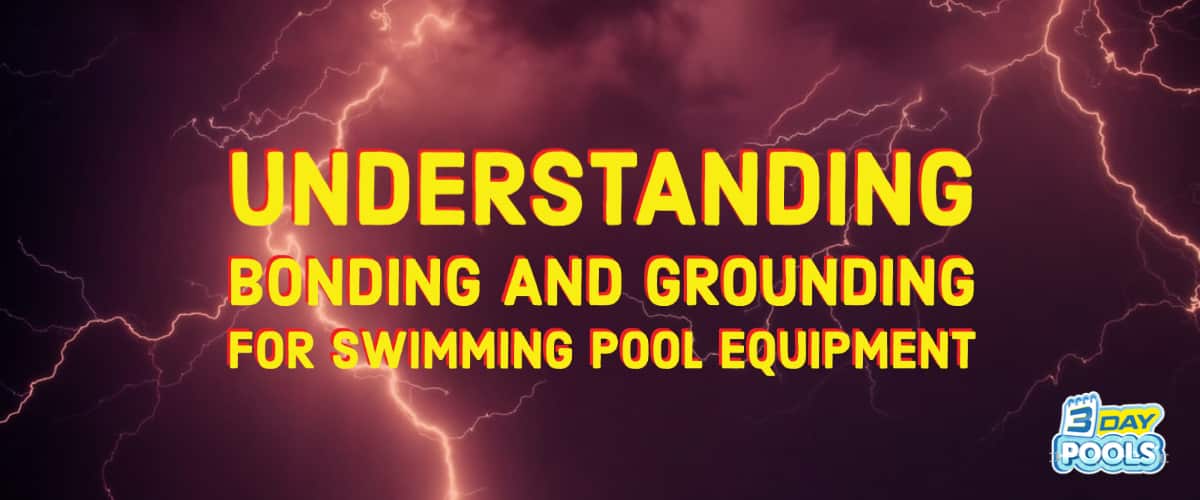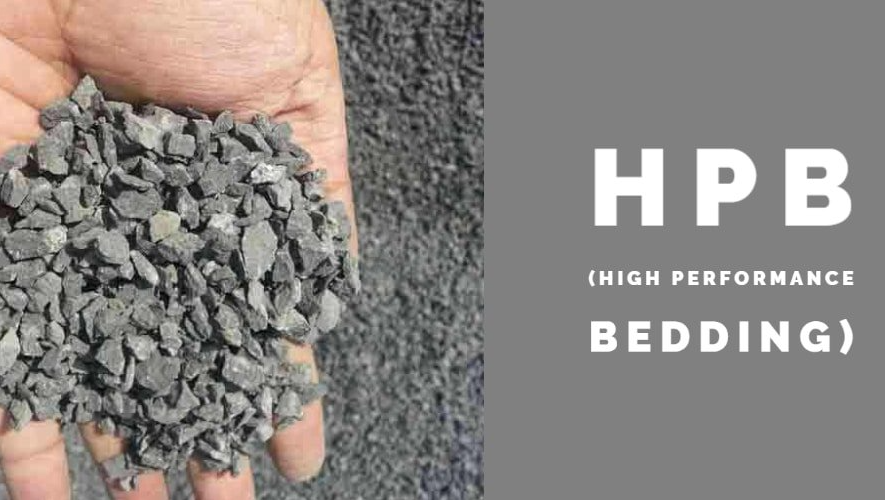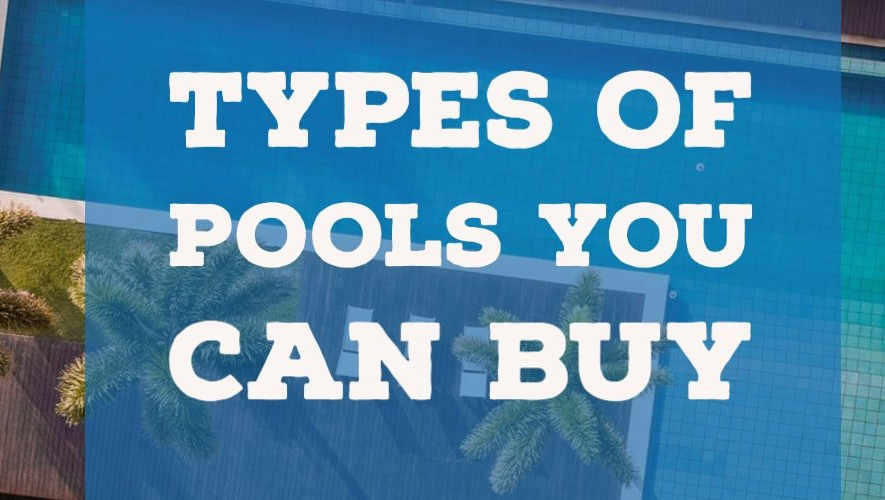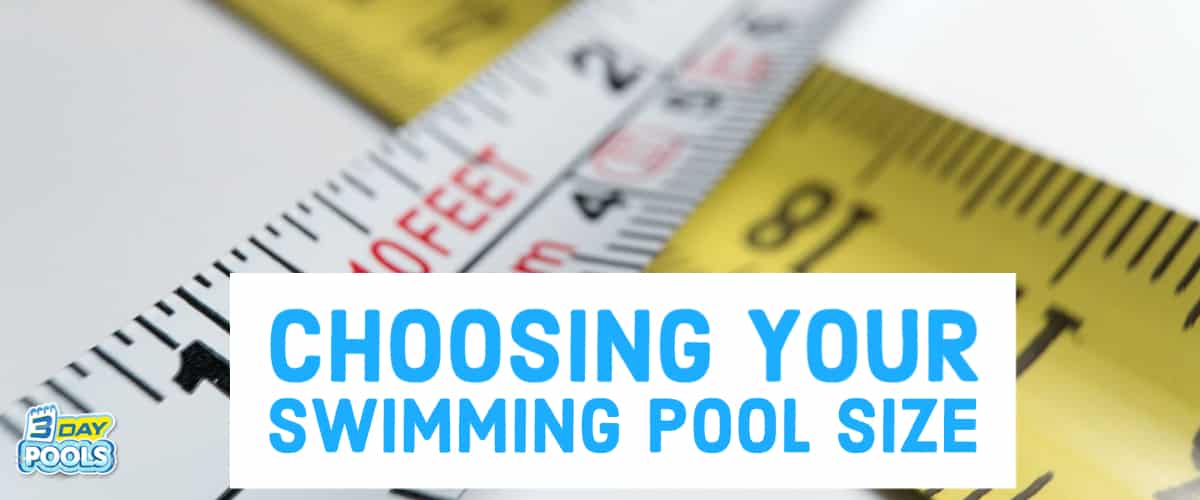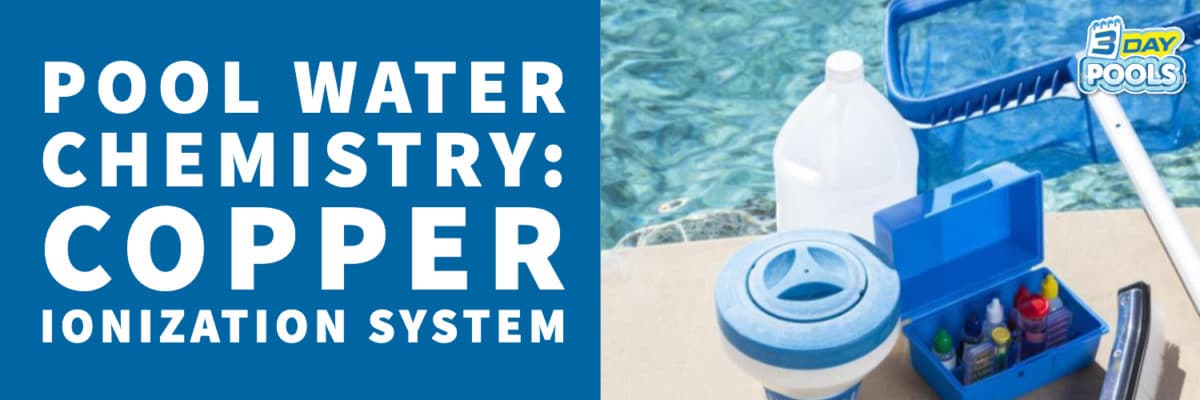416-268-4493
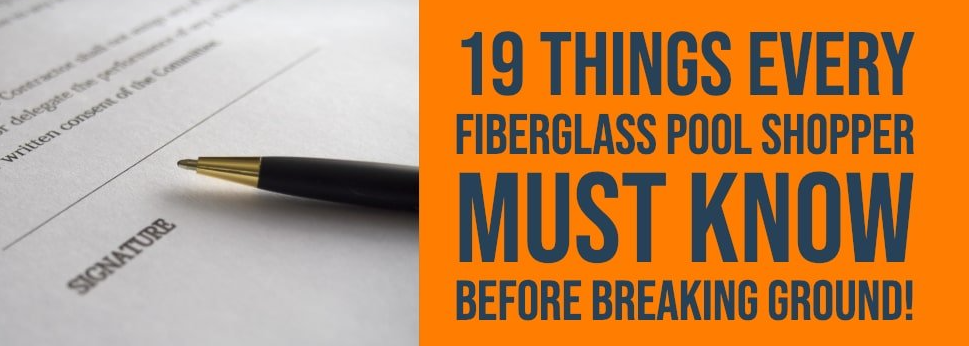
19 Things Every Fiberglass Pool Shopper Must Know Before Breaking Ground!
If you’re about to have a fiberglass pool installed and want to make sure that you know absolutely everything beforehand, then you’ve come to the right place. In this article we are going to cover points that aren’t commonly known or might not even be brought up with your contractor. But they are all essential to have knowledge of before the contractor even starts on your fiberglass pool installation.
These points are in random order, but they should all still be followed.
- Before breaking ground, all reputable pool contractors will have you secure a building permit with the city hall and call in to have the utilities in your yard located.
- Something to keep in mind just in case the electrical hook-up is not included in the contractor’s standard package: The further your filter system ends up being from your house (or some type of existing sub-panel) the more you’re going to end up spending on the initial electrical hook-up. Sometimes, placing the filter system in the yard instead of adjacent to the house could increase the price as much as $1000-$1500.
- The filter system is made to be outside already so it doesn’t need to be enclosed to protect it from the weather.
- The pool equipment also doesn’t need to be located directly next to the pool. Most of the time as long as it’s within 50’-60’ of the pool its okay. It can be much, much further away if need be but keep in mind the farther the equipment the more it will cost to install.
- Most contractors do not have to pour a concrete pad for the pump and filter system to sit and rest on. They should bring a pre-cast equipment pad and set it on top of gravel. A concrete poured pad would cost more but not necessary.
- If any of your concrete or asphalt driveways will end up being used for access, do be aware that they may incur damage. It’s best to use an alternative access if available. Grass is usually cheaper to replace than concrete. The crane will setup on your driveway and could damage it an alternative is setting up the crane on the street but with longer distance to the backyard will require a larger crane resulting in more expensive to install $800 – $2,800 extra.
- Gravel instead of sand as a backfill around fiberglass pools is the way to go. Sand is the industry standard, but there are many reasons as to why gravel is more effective.
- Most areas end up requiring a plug-in service receptacle between 10’ and 20’ of the water’s edge of the pool, so please plan accordingly. Robotic pool cleaners require a plug. The reason for this is because at 10’ a standard cord on an appliance won’t quite reach the pool-side, whereas at 20’ most will break out the extension cord in order to reach the pool area and in that case, it may end up getting too close to the pool. And you don’t want that. Ouch!
- When it comes to regarding pool patio: if you’re considering concrete as your material of choice, do understand that IT CRACKS! It’s a known guarantee that concrete is going to crack every 12’-15’ throughout a pool patio. Contractors get this and install control joints (cut, groves, or pieces of material) in the concrete to try to force the crack to occur within the straight line of their joint. The problem though is that at times concrete decides to crack where it wants despite the intentions of the contractor. The “shrinkage cracks” are not structural in nature and usually are not indicative of unsuitable concrete, an unstable base or even poor workmanship. There really isn’t a guarantee that you’re going to get a shrinkage crack on your patio, but if the chance of it happening makes you shudder then you might want to consider something else like pavers or natural stone.
- You must have a groundwater management system (dewatering system) installed on your fiberglass pool! It’s a simple way to access and drain the ground water around the pool if you need to. The objective of the system is to not constantly remove the ground water surrounding the pool. It’ll be okay as long as it remains full of water. But when your pool needs to be drained (even if it is decades from now) the ground water around the pool is going to have to be removed or some not so fun things are going to occur. This can be prevented by making sure your contractor simply installs an 8” PVC pipe off the deep end of the pool and places a skimmer lid on top and leaves it there.
- Always make sure your pool contractor pressure tests their plumbing. Yes, leaks are bad, but avoidable leaks are worse.
- Pool coping is the material that borders the inside of the pool and pretty much provides the transition between the pool and the patio. 90% of all the fiberglass pools installed natural stone or paver coping. Poured concrete is also an option we do not recommend it or provide it as a service, it will crack and it never looks as good as stone pavers.
- Now if you’re considering stamped concrete around your fiberglass pool then you need to be aware that if your patio is large enough that it requires multiple truckloads of concrete, then the color between the trucks might not match. The differences in color if they occur are usually mild, but do keep in mind that the darker you go with your concrete color, the higher probability this is going to occur.
- When it comes to stamped concrete it can be very slippery around a pool unless you add a skid-resistant into the sealer as it’s applied. This will make the surface a bit safer so that you don’t have any concerns about ‘slippery-ness’ if this product is used correctly. If you don’t then prepare yourself for a backyard version of Disney’s swimmers on ice.
- Always keep in mind that the lighter the color of your patio, the cooler it stays on your feet. It’s important to keep your feet happy!
- Remember that bonding applies to metal fences as well. If there is any metal fence within 5’ of the water’s edge of the pool then it’s going to need to be bonded. Yes, it is a major pain in the butt, but it’s a hassle that can be easily avoided by keeping your fence at least 5’ from your pool.
- Okay, the construction access; how is the builder going to get in and out? The chances are that they don’t take down or re-install fences or other barriers. So please make sure to check with the builders up front.
- A cautionary warning that you should just accept: Your yard is going to be destroyed. It’s better to find out now so you’re not surprised later. But don’t worry, your grass will grow back.
- Don’t ever assume that your yard is level. It’s probably better to make sure someone shoots some elevations in your yard before the project begins. Pool guys are known for installing the pool and then saying “Oh, I didn’t know your yard had a 3’ slope. I guess you need a $5k retaining wall now.”
-
This is a lot to take in before you get your inground swimming fiberglass pool installed, but now you have more knowledge about it than the average pool buyer and you know what to look for and avoid.
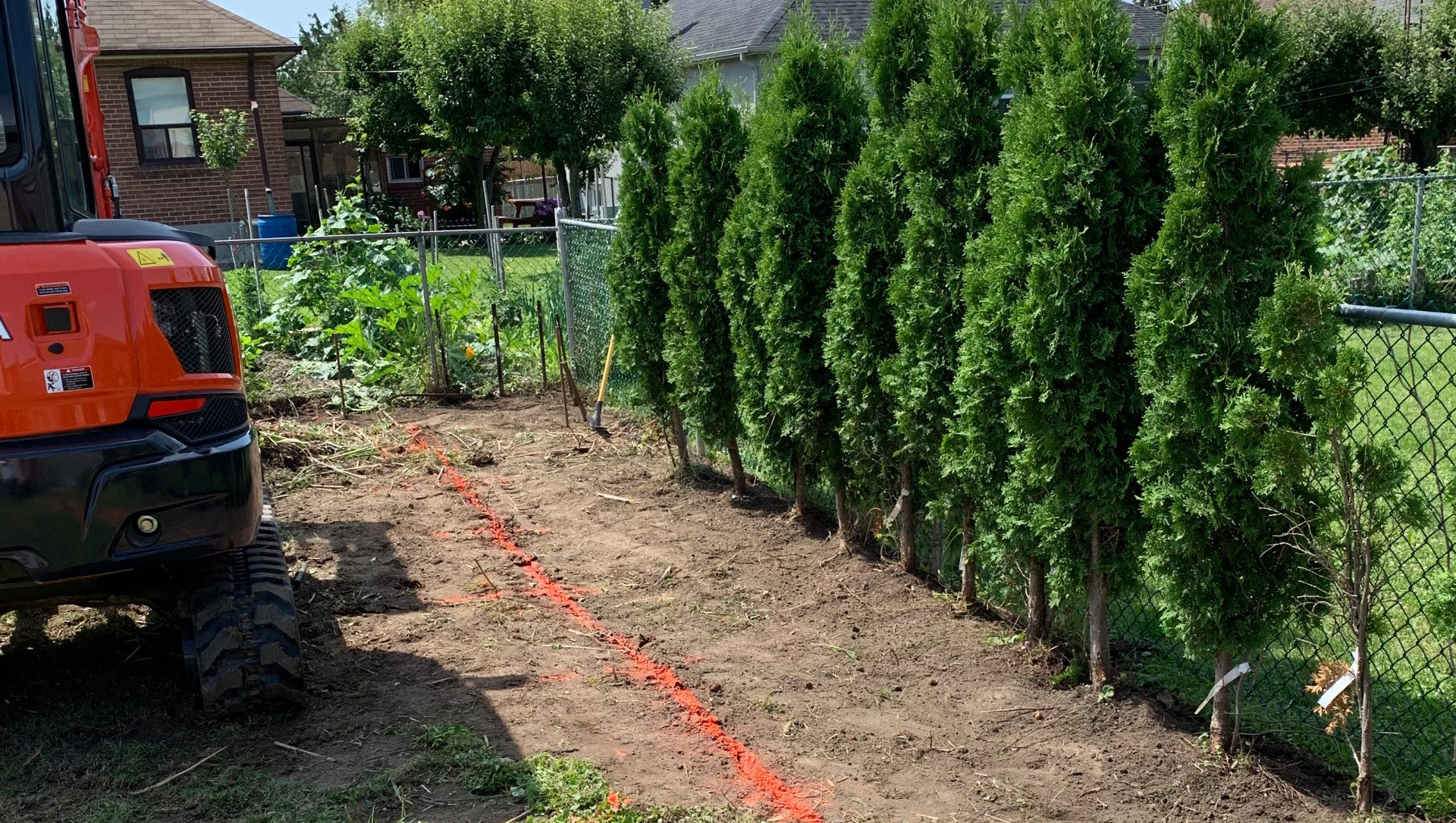
OUR RELATED SWIMMING POOL TOPICS
Pool & landscape products specifications are believed to be accurate at the time of original publication.
Viewers should verify specifications & installation requirements with the installing dealer or manufacture’s manual rather than relying on information on this website, which is not intended to be a final specification.


